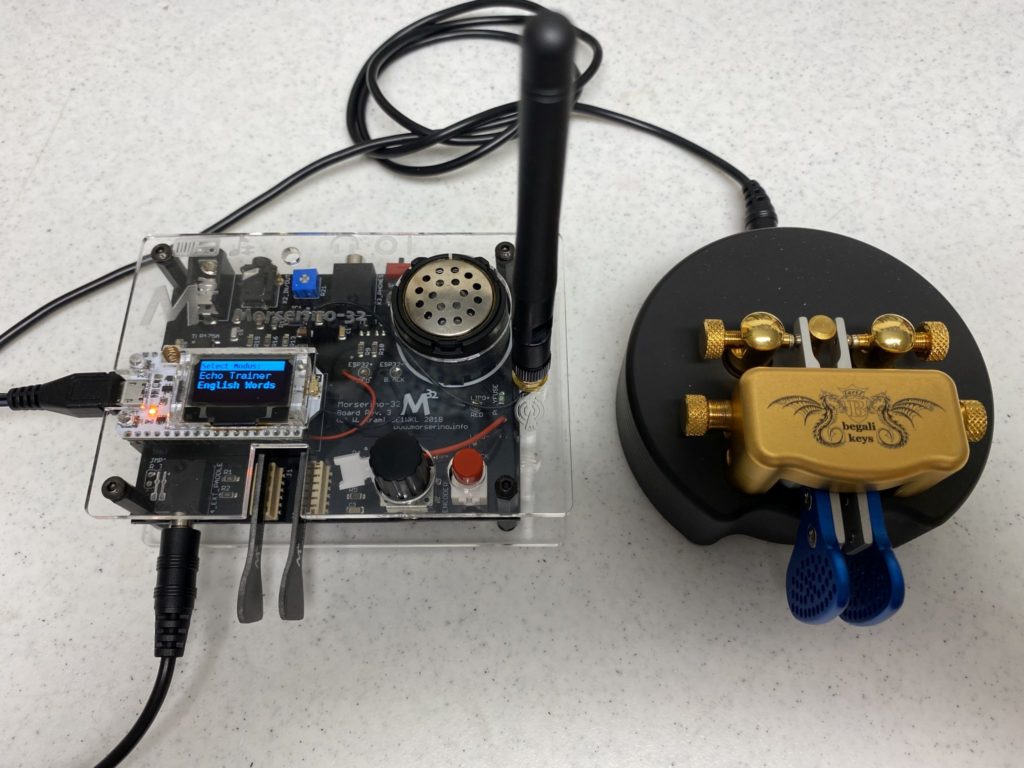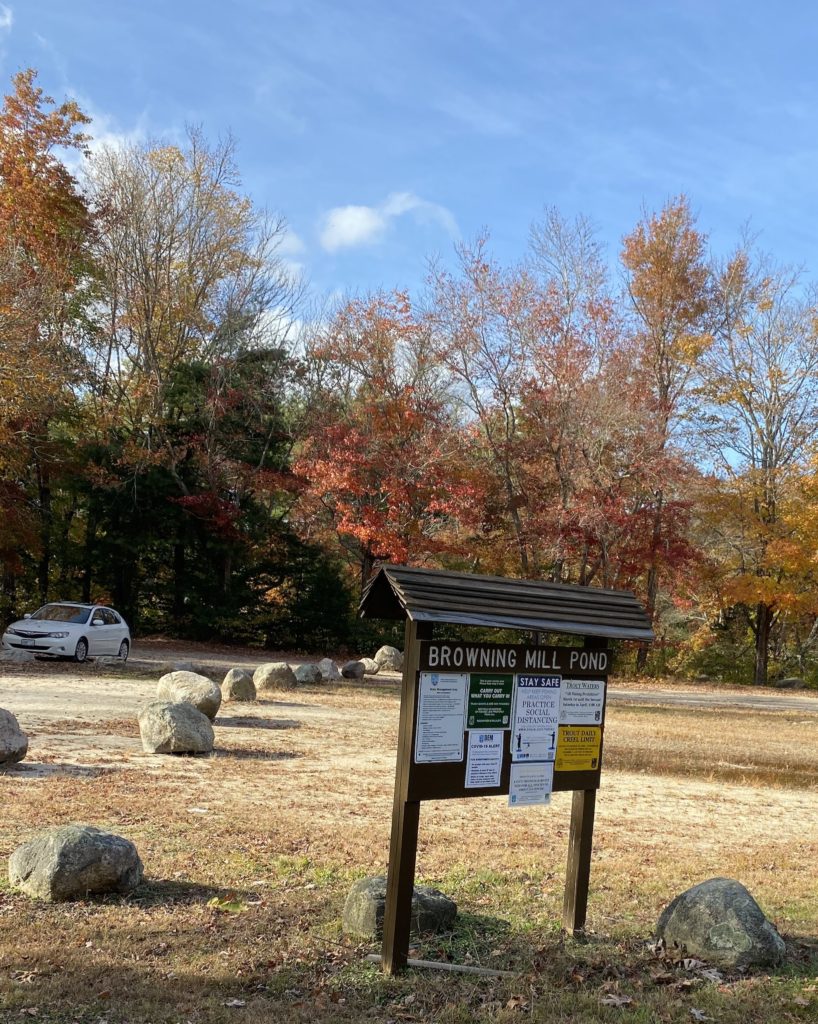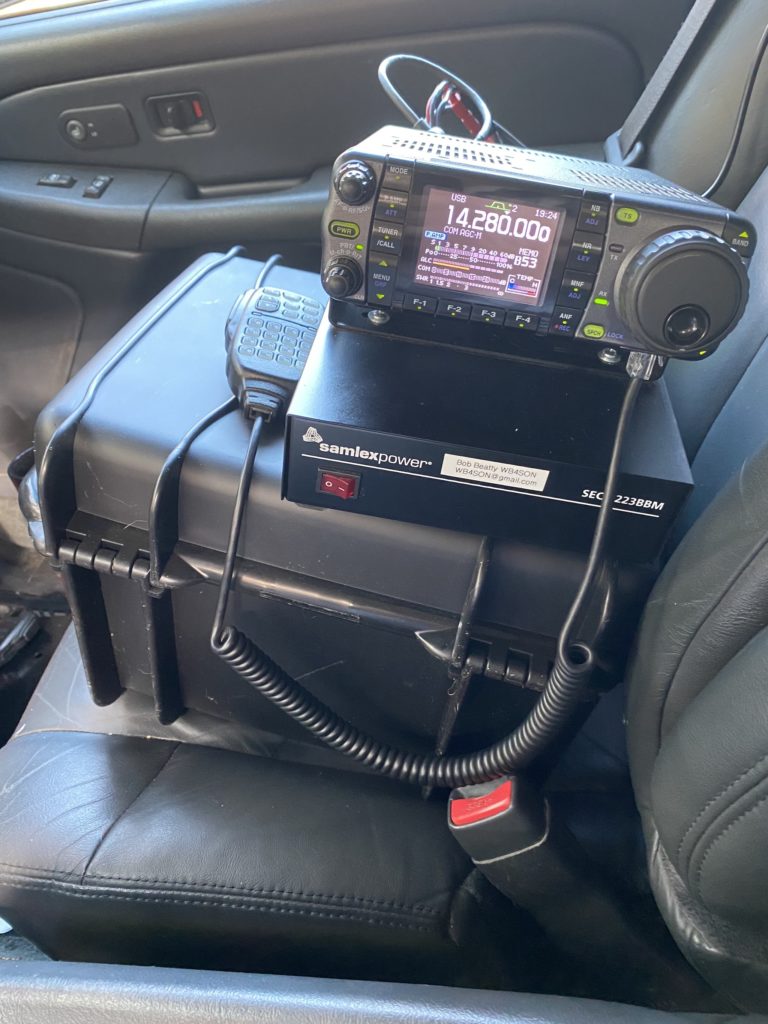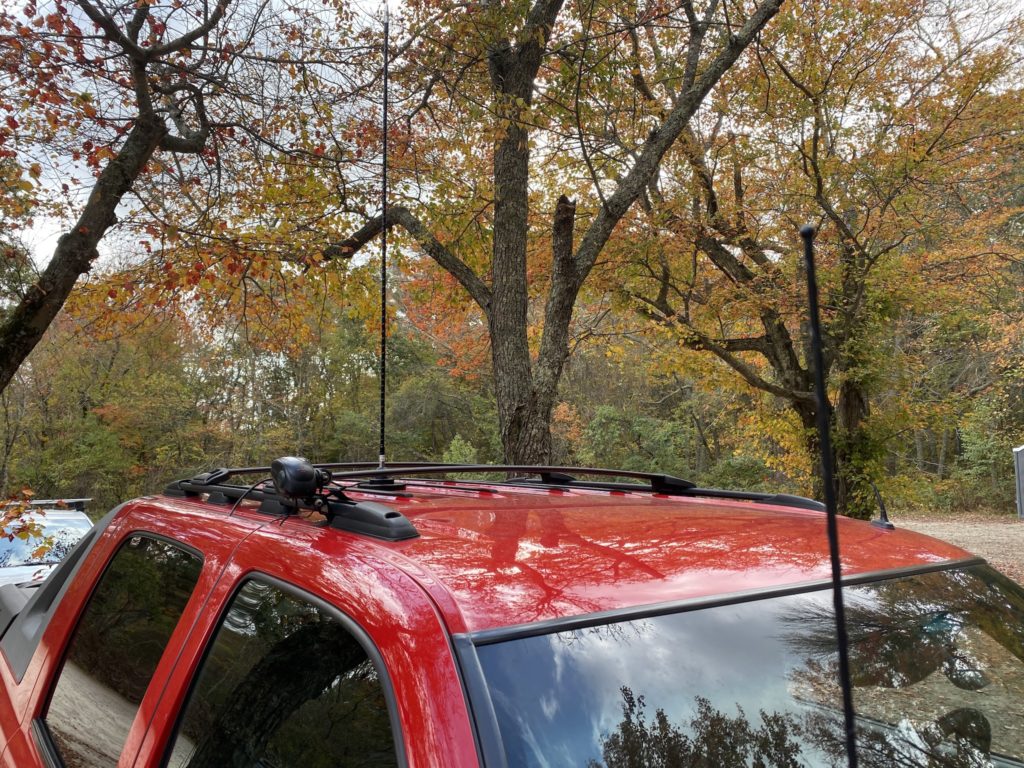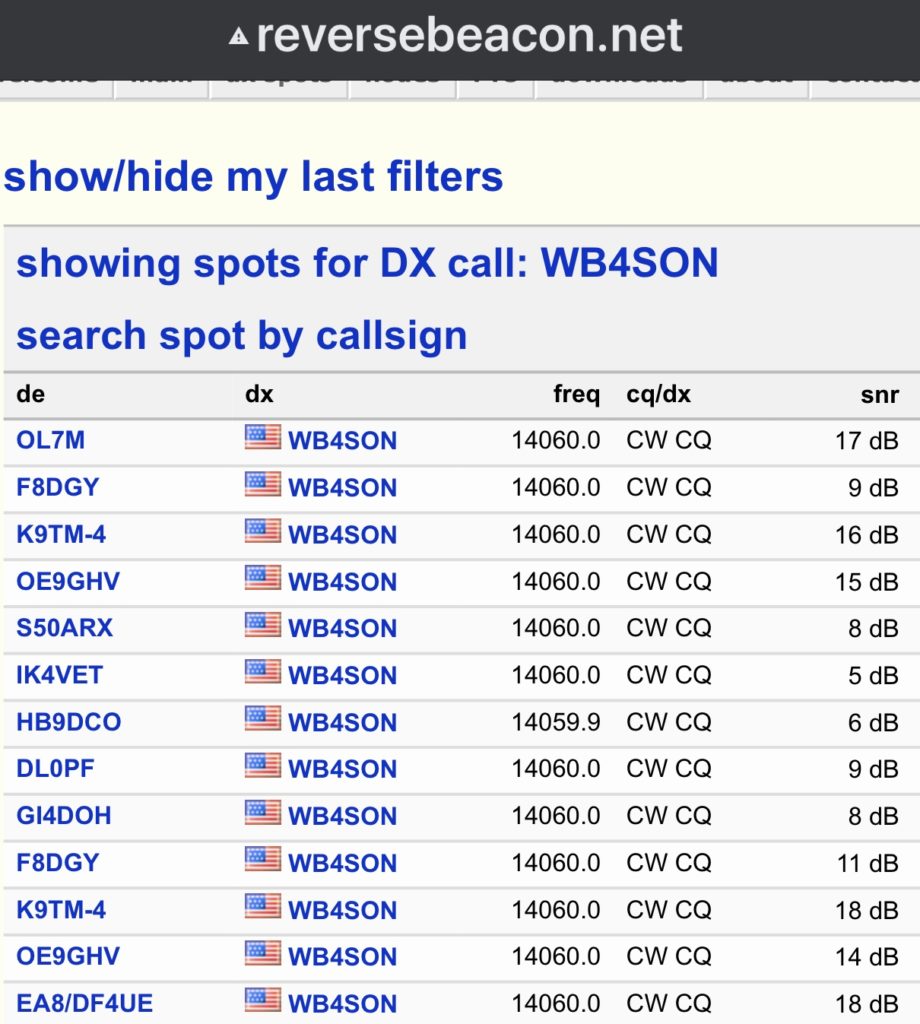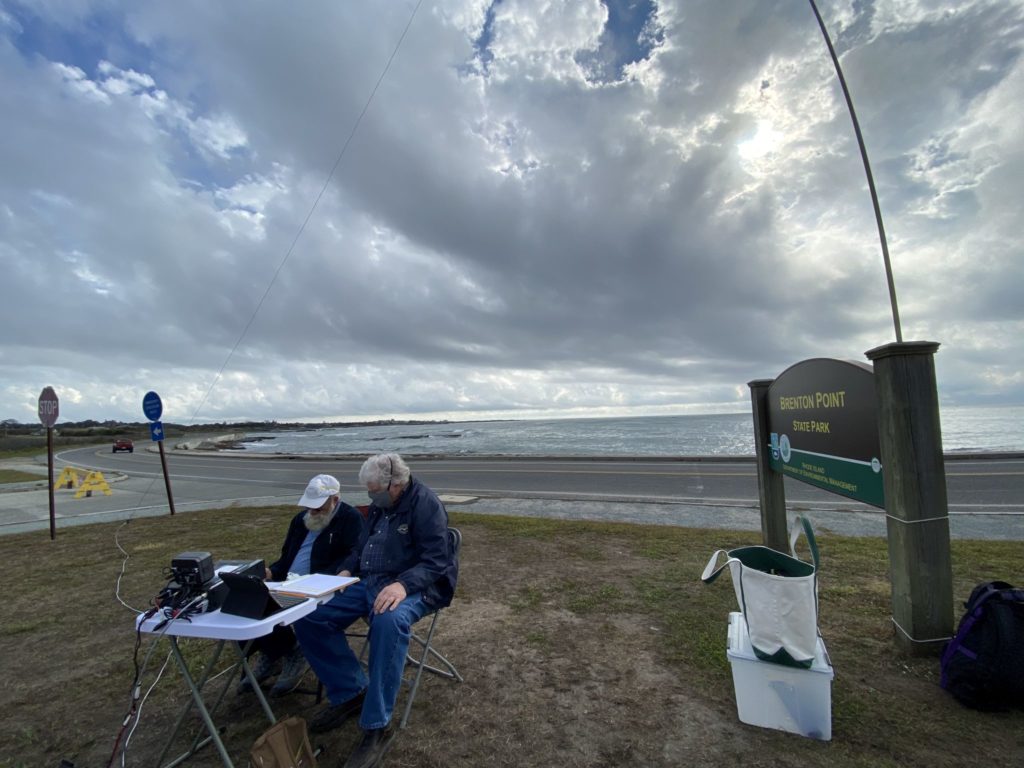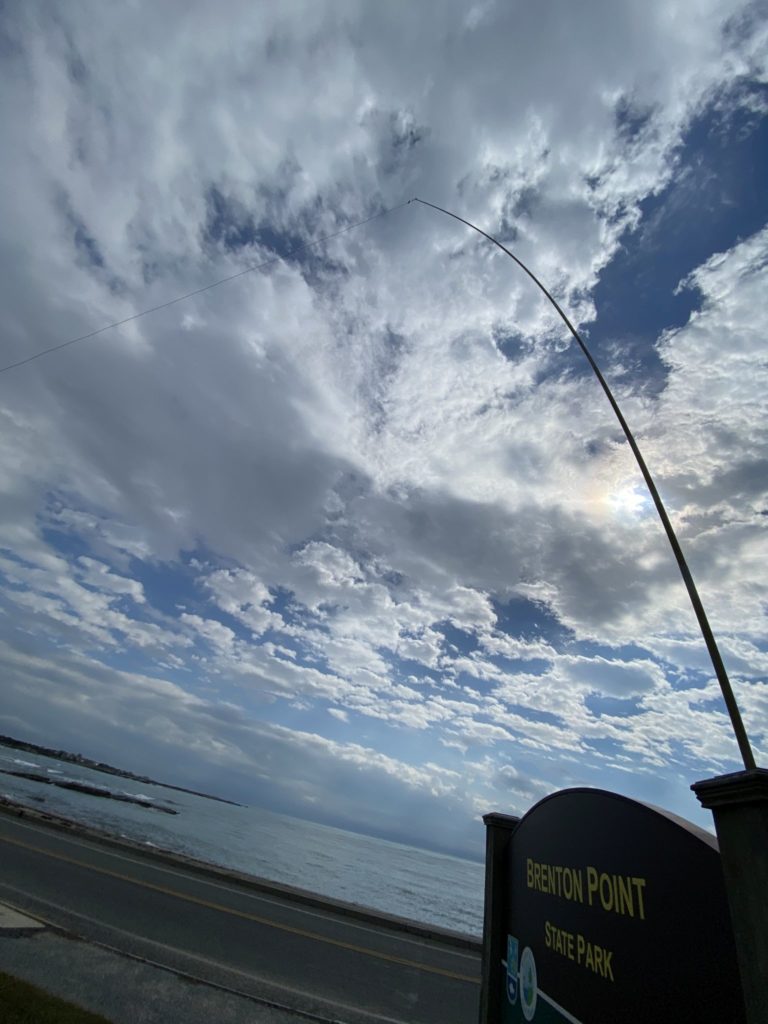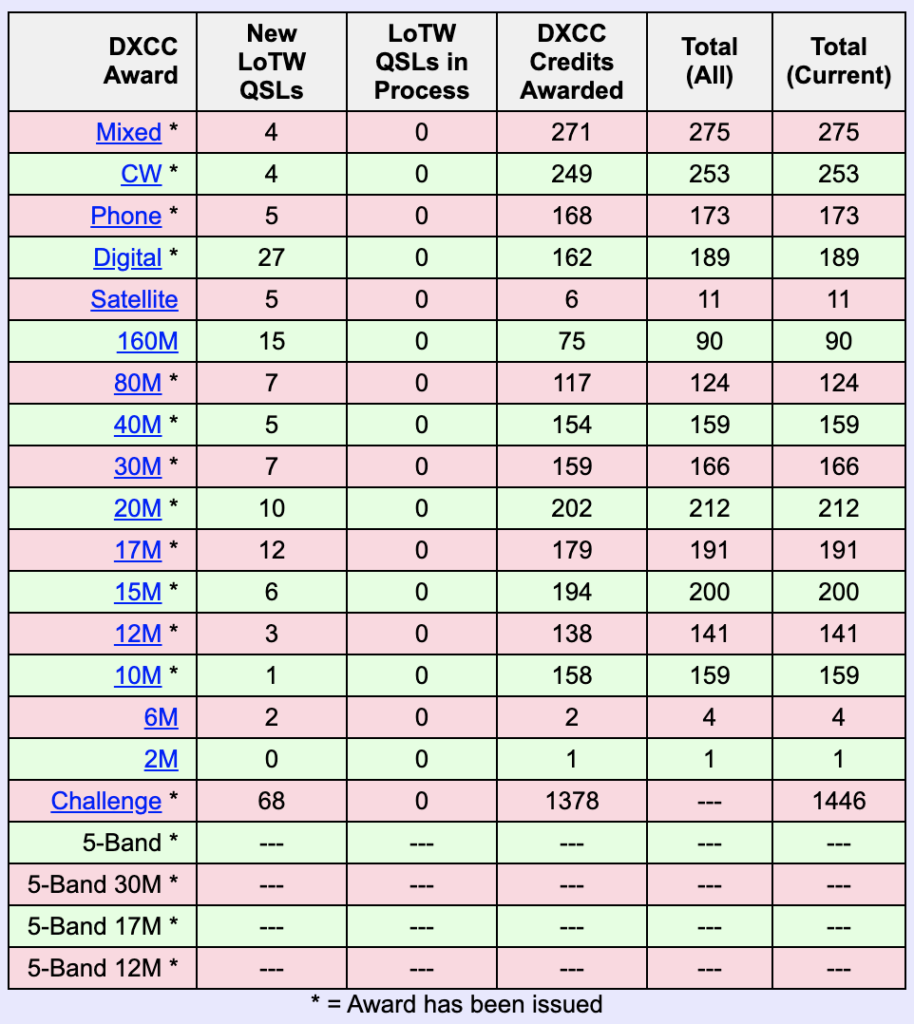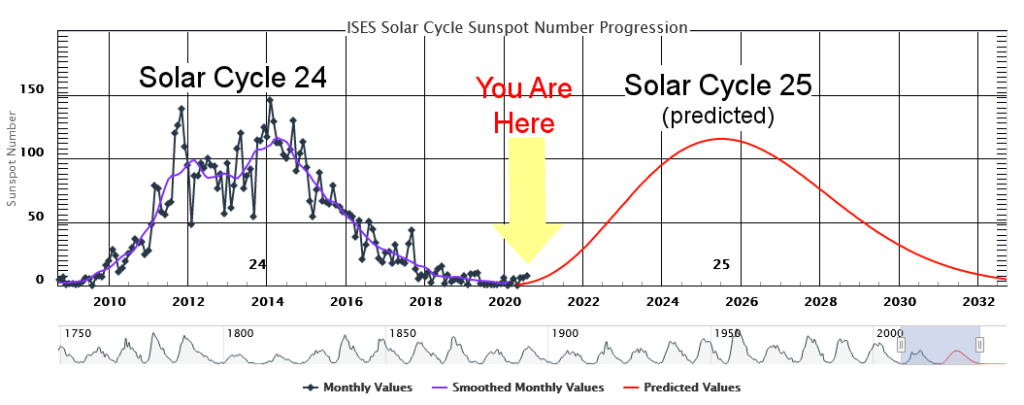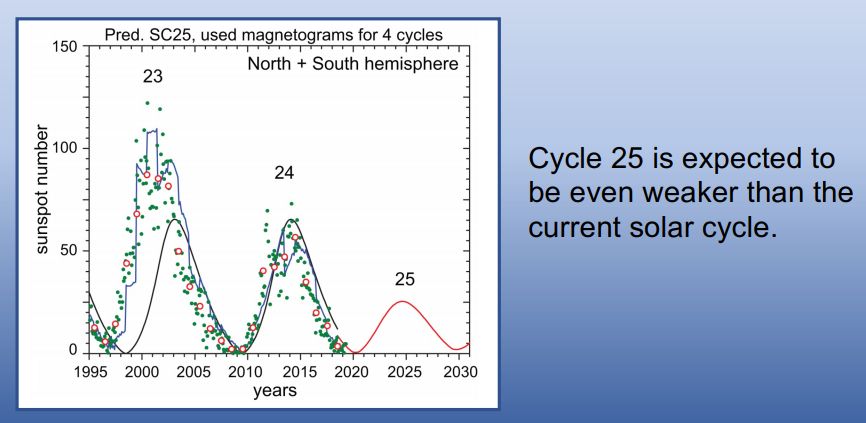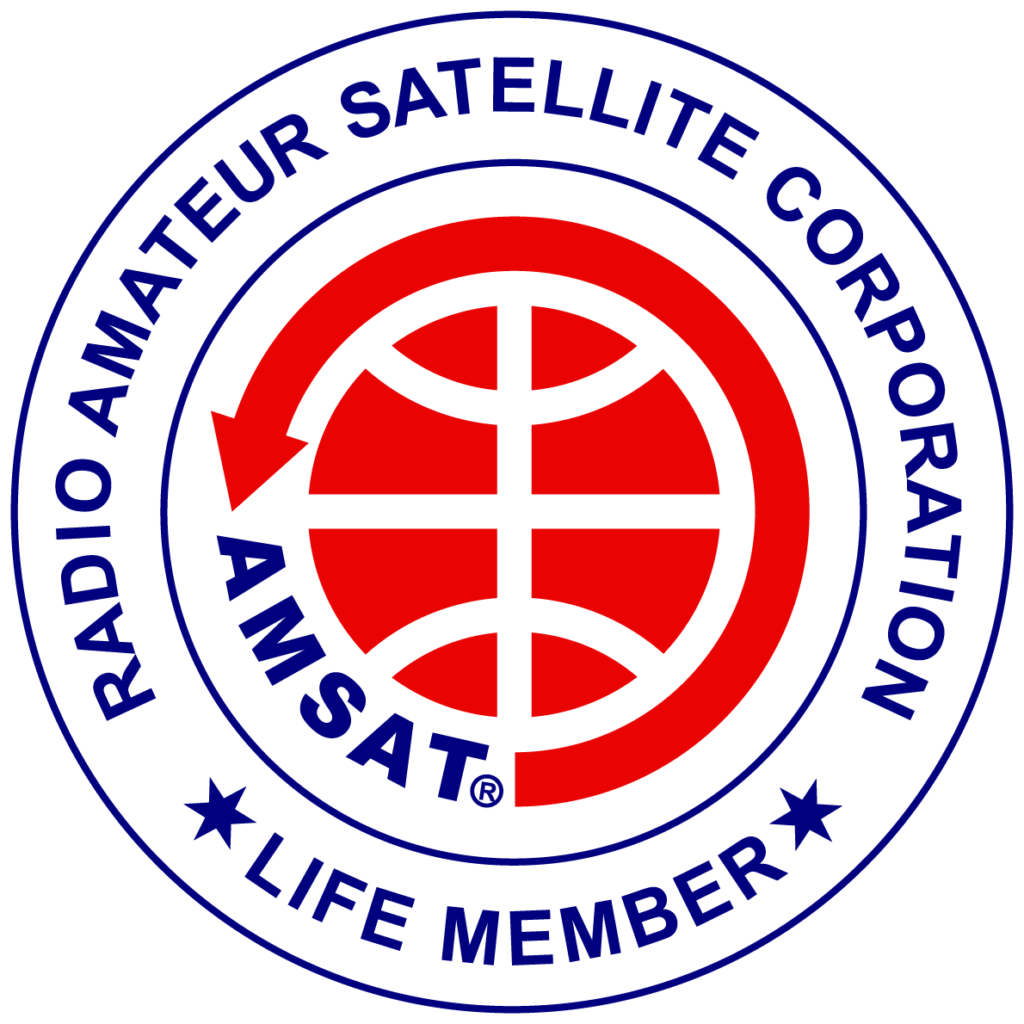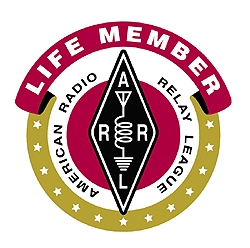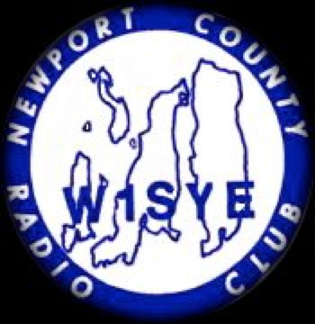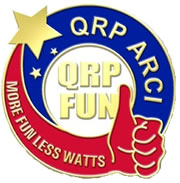In addition to my usual Technician Classes (a new set starting in a week), I’ve been spending a few hours a week teaching Morse Code to a neighbor of mine, who passed his General this June (Ryan KC1KUF). Because of the pandemic, we’ve been doing our practice sessions via cell phone.
We started in July. By the end end of August, we had 16 hours into it, and Ryan was copying the alphabet at 18 WPM with a 5 WPM Farnsworth rate. Our sessions eventually alternated between me sending words to him, and Ryan sending them back to me to build his paddle skills. In another month or two he will be ready for on-air tests.
I’m always on the lookout for interesting tools to use. There is lots of online stuff out there (personal favorite Just Learn Morse Code), fairly good for learning to copy the code, but not usable for sending code. Enter MORSERINO, an Arduino-based Morse Code Tutor and Keyer designed by Willi Kaml OE1WKL
I learned about the MORSERINO from friends who were using it themselves. Lots of bells and whistles, including the ability for two MORSERINO users to make a “contact” via the Internet, or via a 433 MHz LoRa 100 mW transceiver. But the thing that really caught my attention was the “ECHO TRAINER”. The MORSERINO sends a word (or callsign, or random characters — your choice) at the speed you select. You copy the word in your head, then send it back using your paddle. Two different tones let you know if you got it right or wrong. Even after 50 years of CW work, I find that an amazing effective tool to help exercise my paddle skills and sharpen my receiving skills.
The software is all open source which means you could easily substitute your own list of words or callsigns, and tinker with features. You can find the open source software here, and you use the standard Arduino tools to make your own version. Willi has been quite good about keeping the software current and bug fixes.
It isn’t cheap at about $100 including shipping from the EU, but honestly, what keyer is these days? Mine took a couple of weeks to be produced and another 10 days or so for shipping. It is a pseudo kit, but only thru-hole soldering is required as all the surface mount parts are already mounted on the PCB. The kit took well under an hour to put together and worked with no issues. My only minor nit is that the LiPo battery they built it around uses a MOLEX connector, which is quite rare in the US, rather than the vastly more common JT connectors. That said, you can easily substitute a cable with the correct connector at build time, or even have two cables so either connector can be used. You can order a 600 mAh LiPo from Amazon with the MOLEX connector if you want. That said, you can always power it using the micro USB connector on the Heltec module.
